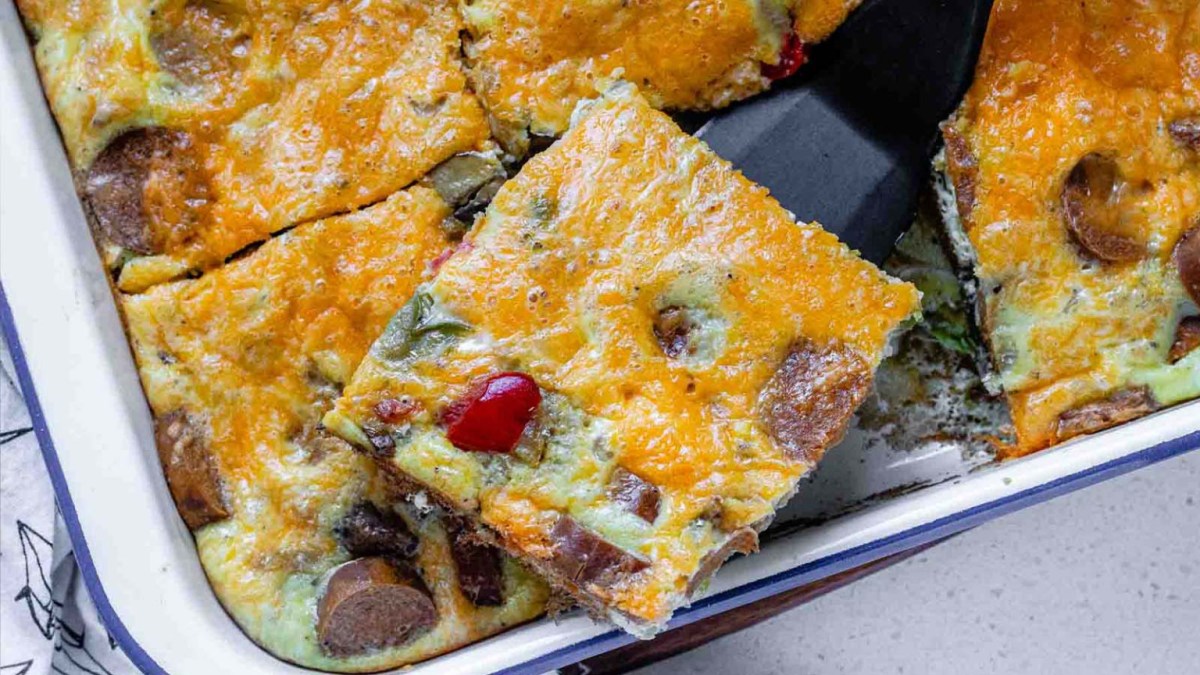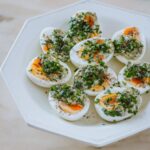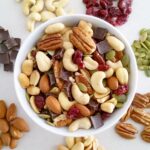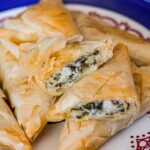Imagine a culinary landscape where comforting casseroles abound, yet are entirely free from eggs. This isn’t a limitation, but an invitation to explore a world of vibrant flavors and textures. We delve into the art of crafting egg-free casseroles, unveiling diverse recipes that tantalize the taste buds and satisfy the soul. From hearty vegetable creations to subtly spiced delights, each casserole is a testament to the power of inventive cooking, proving that deliciousness doesn’t require eggs. Prepare to discover a new level of culinary satisfaction.
This exploration will guide you through creating a range of egg-free casseroles, offering detailed recipes, insightful tips on flavor enhancement, and stunning visual presentation ideas. We’ll uncover the secrets to achieving creamy textures and rich aromas without relying on eggs, showcasing the versatility of plant-based ingredients. Whether you’re catering to dietary restrictions or simply seeking exciting new culinary adventures, this guide is your passport to a world of egg-free casserole perfection.
Step-by-Step Recipe Creation

This recipe provides a comforting and flavorful vegetable casserole, completely egg-free, showcasing alternative binding methods for a satisfying texture. The recipe is easily adaptable to various dietary needs, making it a versatile dish for a wide range of palates.
This hearty vegetable casserole relies on a combination of starch and moisture to bind the ingredients, creating a cohesive and satisfying texture without the use of eggs. We’ll explore the use of mashed sweet potato as a natural binder, offering a touch of sweetness and richness. The recipe also highlights how simple substitutions can cater to vegan and gluten-free diets.
Vegetable Casserole Recipe
This recipe yields approximately 6 servings and requires approximately 45 minutes of preparation and cooking time.
- Prepare the Vegetables (15 minutes): Preheat oven to 375°F (190°C). Chop 1 medium onion into small pieces, 2 carrots into ½-inch slices, 2 celery stalks into ½-inch pieces, 1 medium zucchini into ½-inch cubes, and 1 (14.5 ounce) can of diced tomatoes, drained. Sauté the onion, carrots, and celery in 2 tablespoons of olive oil until softened, approximately 5-7 minutes. Add the zucchini and cook for another 3-5 minutes, until slightly tender.
- Prepare the Sweet Potato Binder (10 minutes): Peel and boil 1 large sweet potato until tender (approximately 20 minutes). Once cooked, mash the sweet potato thoroughly until smooth and creamy. This will act as our primary binding agent, replacing the need for eggs.
- Combine Ingredients (5 minutes): In a large bowl, combine the sautéed vegetables, mashed sweet potato, diced tomatoes, 1 teaspoon dried oregano, ½ teaspoon dried basil, ½ teaspoon salt, and ¼ teaspoon black pepper. Mix well to ensure all ingredients are evenly distributed. The mashed sweet potato will help to bind the mixture together.
- Bake the Casserole (15 minutes): Pour the vegetable mixture into a greased 9×13 inch baking dish. Sprinkle the top with ½ cup of grated cheddar cheese (optional, omit for vegan). Bake for 20-25 minutes, or until heated through and the top is lightly browned. The casserole should be firm to the touch, indicating that the sweet potato binder has done its job.
Egg Substitutions and Functionality
This recipe uses mashed sweet potato as a primary binding agent. Sweet potato’s natural starch content helps to thicken the casserole and hold its shape during baking, similar to how eggs would. The moisture content in the sweet potato also contributes to a moist and tender final product. Other suitable substitutions include mashed cooked butternut squash or pumpkin, which offer similar binding properties and a subtly different flavor profile.
Dietary Adaptations
Adapting this recipe to meet various dietary needs is straightforward. The following modifications ensure the casserole remains both delicious and inclusive.
- Vegan Adaptation: Simply omit the optional cheddar cheese. Ensure all other ingredients are vegan-friendly. The recipe is naturally vegan without the cheese.
- Gluten-Free Adaptation: This recipe is inherently gluten-free, as it doesn’t contain any gluten-containing ingredients. Double-check all seasoning blends to ensure they are certified gluten-free if necessary.
From the initial spark of inspiration to the final, satisfying bite, crafting egg-free casseroles proves a journey of culinary exploration and delicious discovery. We’ve journeyed through a diverse array of recipes, uncovering the secrets to achieving both creamy textures and bold flavor profiles without relying on eggs. The adaptability of these recipes allows for endless customization, catering to individual tastes and dietary needs. So, embrace the challenge, experiment with ingredients, and embark on your own egg-free casserole adventure. The rewards—a symphony of flavors and a warm, comforting meal—are well worth the effort.
Questions and Answers
Can I freeze egg-free casseroles?
Yes, many egg-free casseroles freeze well. Allow them to cool completely before freezing in airtight containers for up to 3 months.
What are the best substitutes for eggs in binding?
Common substitutes include flaxseed meal, mashed banana, applesauce, or silken tofu, depending on the recipe and desired texture.
How can I make my egg-free casserole more flavorful?
Experiment with a variety of herbs, spices, cheeses (if not vegan), and roasted vegetables to add depth and complexity to the flavor profile.
How long do egg-free casseroles last in the refrigerator?
Properly stored in an airtight container, most egg-free casseroles will last for 3-4 days in the refrigerator.


